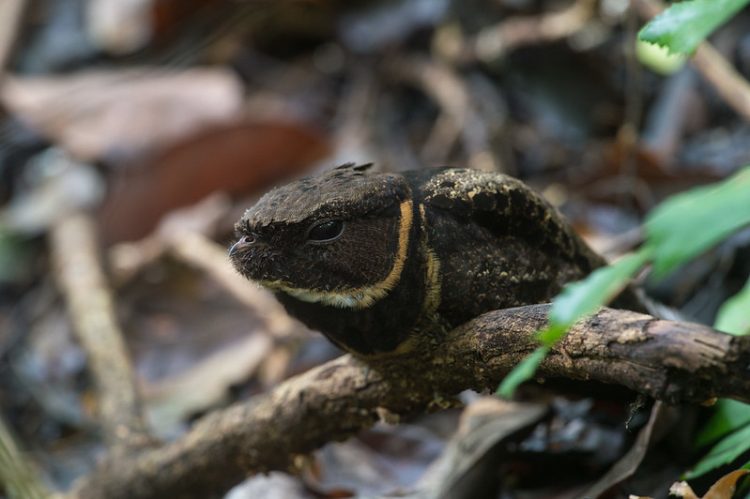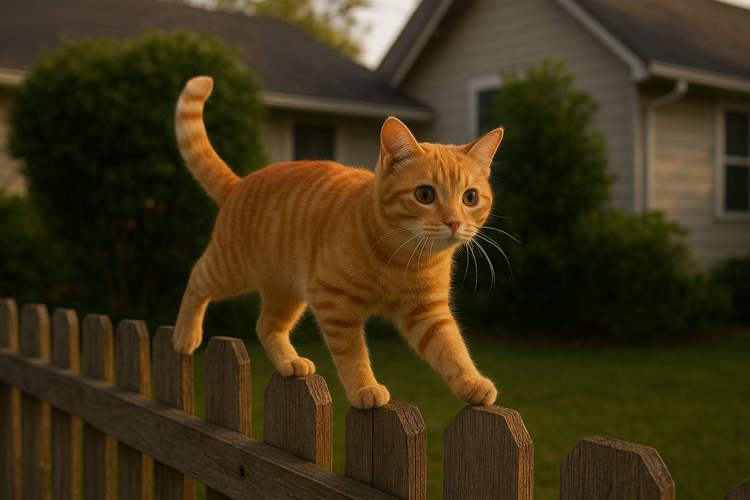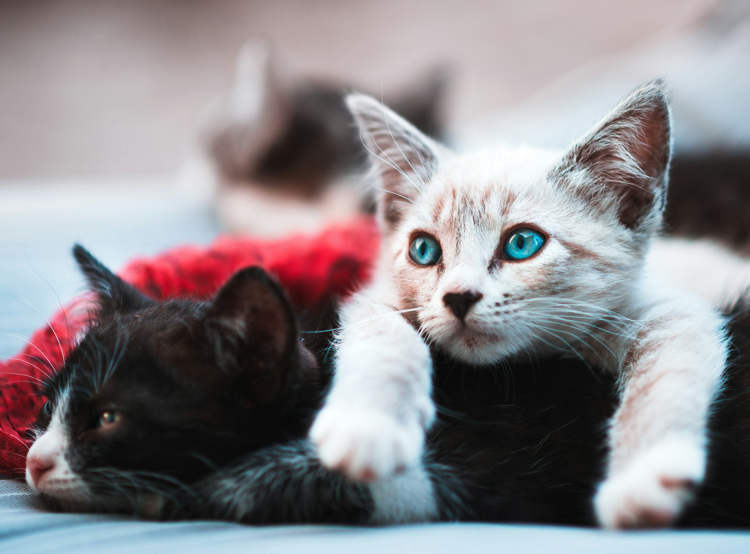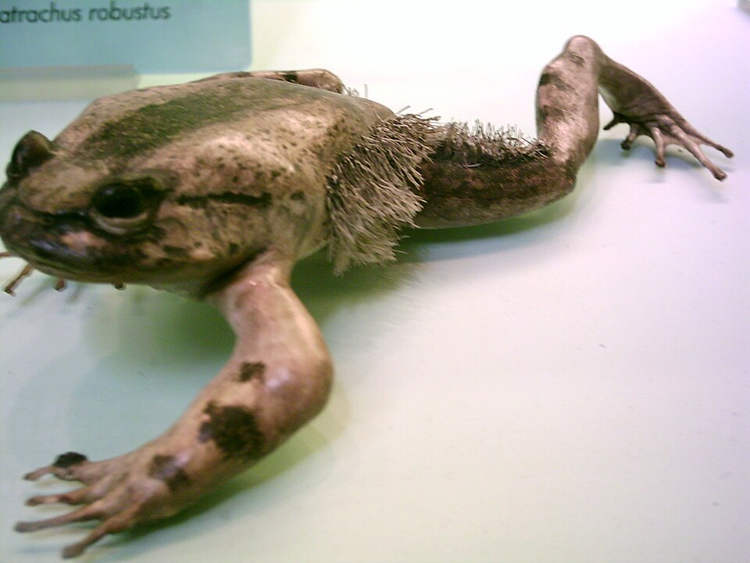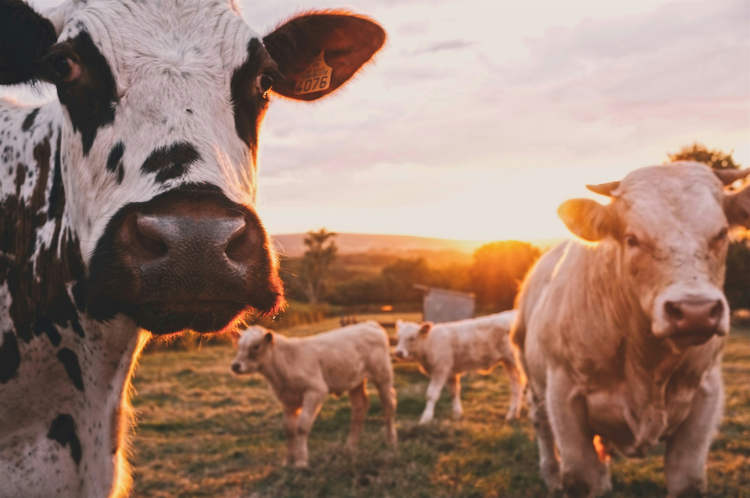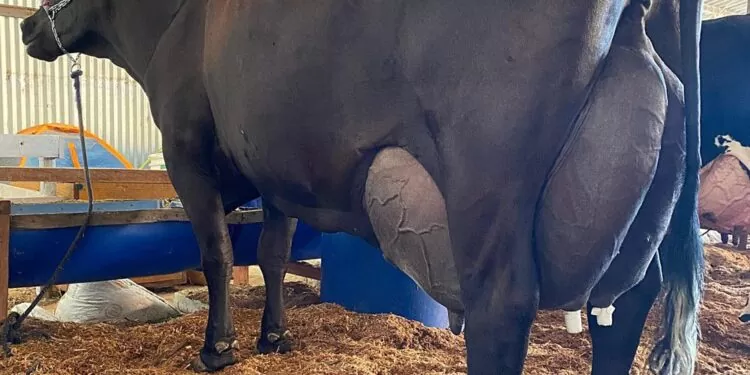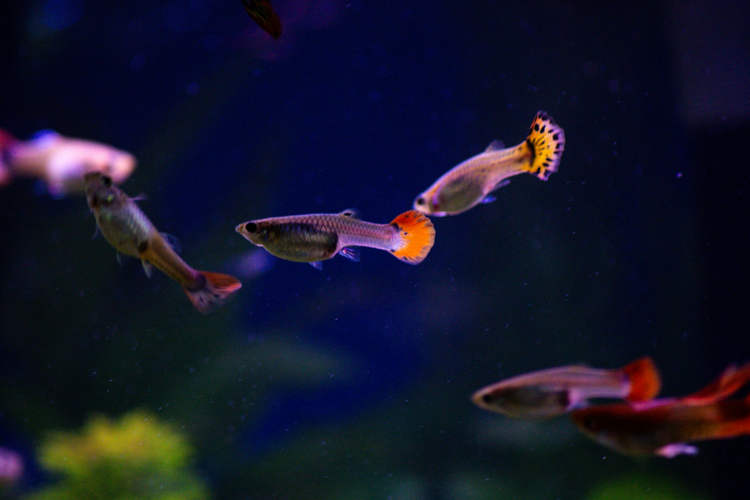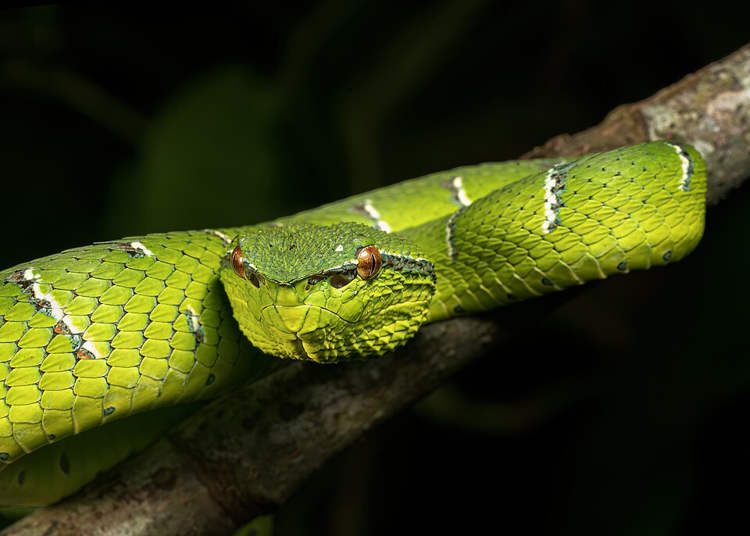What do you get if you mix a bird, a squirrel and a lizard? Well, I think you’ll have a tough time finding a better answer than the Great Eared Nightjar.
Seeing a great eared nightjar for the first time, you’d be forgiven for mistaking it for a squirrel or even a lizard. The fact is it kind of looks like a combination of animals, or even a real-live version of Toothless, the dragon from DreamWorks Studios’ hit animation “How to Train Your Dragon“. You could say it’s living proof that birds are more closely related to dinosaurs than reptiles.
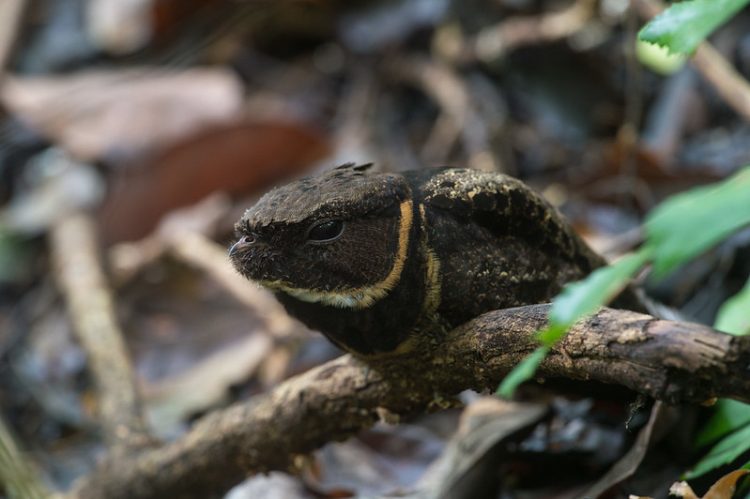
Photo: Jason Thompson/Flickr
Native to the tropical and subtropical forests of Southeast Asia, the great eared nightjar is a nocturnal bird that builds its nests on the ground, where chicks are well camouflaged among the fallen leaves thanks to their brown plumage.
Although it is yet to be scientifically proven, the unique look of the great eared nightjars, with tufts of feathers on their head and a beak camouflaged by feathers, may be an evolutionary trait related to the way it nests.
Because it makes its nest on the ground, the great eared nightjar is a lot more exposed to predation than other birds that nest high up in trees, but when you look like a small dragon or a venomous viper, most predators probably don’t want to mess with you.
Great eared nightjars can be hard to spot because of their looks, but there is no mistaking their distinct calls, so they often act as a tool for identifying these birds.
The exact population of great eared nightjars around the world is not known, but according to Kidadl, “they have a stable trend in population and are reported to be common in their range”. This is great to hear, because knowing that dragon-like birds are thriving is freaking cool.
The great eared nightjar is just one of the many fascinating examples of evolutionary camouflage that we’ve featured on Oddity Central over the years. There’s plenty more to check out if you fancy going down that rabbit hole.

